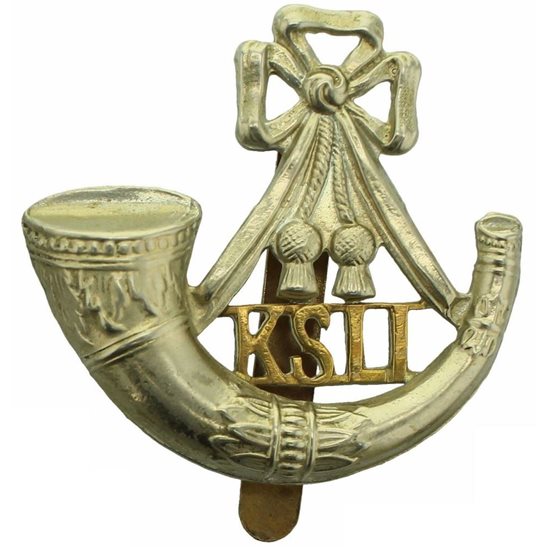Personal Details
Born: 1877.
Family: The second son of Charles and Rhoda Day of Newtown Street, Whitchurch, Shropshire. Percy married Elizabeth Jane Bills on 19 August 1901.
Residence: In 1911 Percy and Elizabeth were living at 6 Newtown Street, Whitchurch; the 1919 Absent Voters Register shows his address as 4 Castle Hill, Whitchurch.
Civilian Occupation: At the age of 14 Percy was a baker’s apprentice. In 1911 he was employed as a warehouse labourer and when he signed up he was working for Mr Hughes of The Lodge Farm, Whitchurch.
Died: In 1935 aged 58.
Other Information: Percy was a member of the Independent Order of Oddfellows, Manchester Unity.
Military Details
Regiment: King’s Shropshire Light Infantry
Rank: Private
Service Number: 24763
Date of Enlistment: 11 December 1915
Date of Discharge: 27 May 1919
Reason for Discharge: Demobilisation
Other Information: Percy disembarked in Salonika in November 1916 and contracted malaria in March 1917 . During 1918 was admitted to hospital on several occasions with this disease. In December 1918 he was sent to Russia until April 1919 when he returned to England.
Percy was awarded the Campaign Medals (British War Medal, and Victory Medal).

The British War Medal (also known as 'Squeak') was a silver or bronze medal awarded to officers and men of the British and Imperial Forces who either entered a theatre of war or entered service overseas between 5th August 1914 and 11th November 1918 inclusive. This was later extended to services in Russia, Siberia and some other areas in 1919 and 1920. Approximately 6.5 million British War Medals were issued. Approximately 6.4 million of these were the silver versions of this medal. Around 110,000 of a bronze version were issued mainly to Chinese, Maltese and Indian Labour Corps. The front (obv or obverse) of the medal depicts the head of George V. The recipient's service number, rank, name and unit was impressed on the rim.
The Allied Victory Medal (also known as 'Wilfred') was issued by each of the allies. It was decided that each of the allies should each issue their own bronze victory medal with a similar design, similar equivalent wording and identical ribbon. The British medal was designed by W. McMillan. The front depicts a winged classical figure representing victory. Approximately 5.7 million victory medals were issued. Interestingly, eligibility for this medal was more restrictive and not everyone who received the British War Medal ('Squeak') also received the Victory Medal ('Wilfred'). However, in general, all recipients of 'Wilfred' also received 'Squeak' and all recipients of The 1914 Star or The 1914/1915 Star (also known as 'Pip') also received both 'Squeak' and 'Wilfred'. The recipient's service number, rank, name and unit was impressed on the rim.

